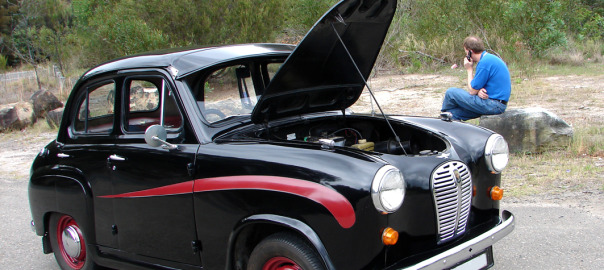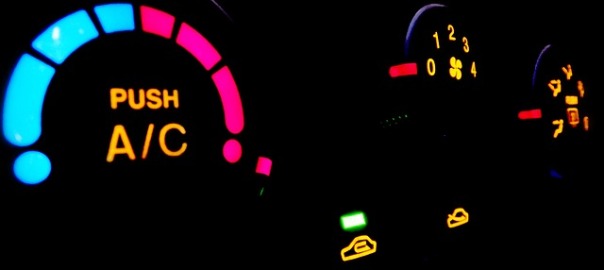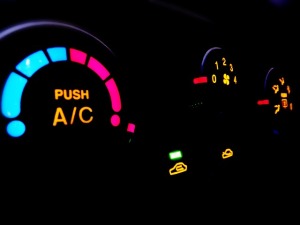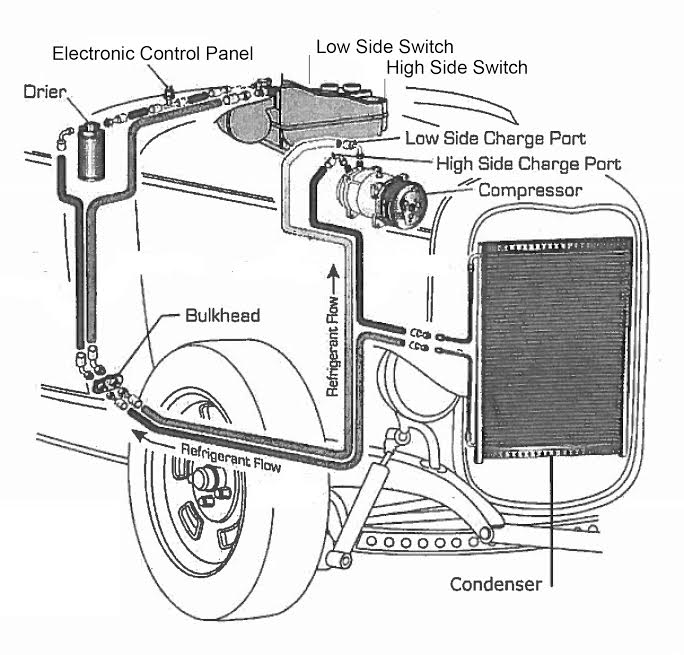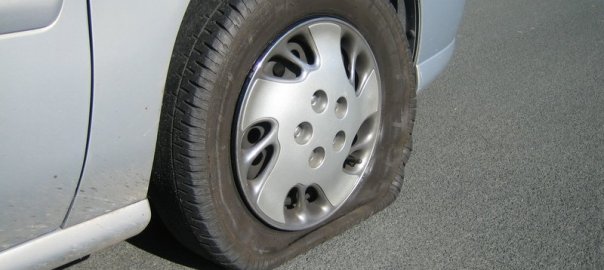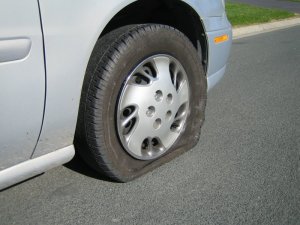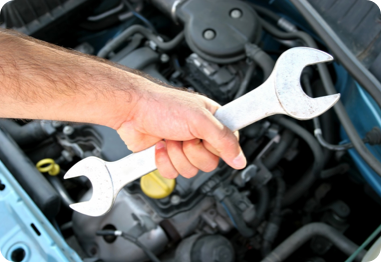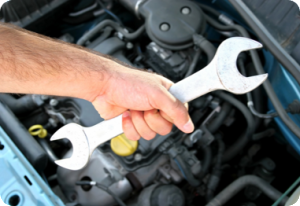- State inspections.
- Brakes
- Tires
- Batteries
- Oil changes.
- Engine performance/diagnosis.
- Electrical systems.
- Check Engine Light.
Ridpath’s provides car care tips to help you handle vehicle repairs for all of the above. Ridpath’s Auto Center can also diagnose and repair even the largest automobile problems you will encounter. Our auto mechanics handle all varying degrees of car and truck maintenance and repair. Our staff is honest and courteous, and is always willing to assist a customer with any questions or concerns you may have about your automobile. Feel free to contact if in need of any car care tips.
We also provide valuable car care tips to help you properly maintain your vehicle in this blog. Ridpath’s Car Care Tips Blog is a valuable resource that is personally updated monthly by Michael Ridpath himself. The helpful car care tips Ridpath’s provides are carefully crafted to provide detailed insight into common, everyday automotive problems that people consistently endure. Our goal for our car care tips blog is help our customers become more informed about automobile components, as well as the maintenance of those components in order to reduce unnecessary car and truck repairs in the future. It’s our way of giving back for the decades of loyalty shown to our automotive repair shop.
- How about door handles? Sure thing. Inside and outside.
- Power window problems?
- Bent rim/wheel? We can handle that.
- Windshields? You betcha.
- Power side view mirror with heat grid, puddle lamp, and painted to match vehicle? Nice try, we got you covered.
From top to bottom, side to side, front to back we really try and be your one stop auto care facility. Any question that arises please feel free to give us a call. Ridpath’s will gladly answer any questions about your car trouble, as well as provide an array of car care tips to help you improve you personal vehicle maintenance habits. Our automotive repair staff is as friendly as they come, and most times Michael Ridpath himself will be available to help you navigate your car problems.
